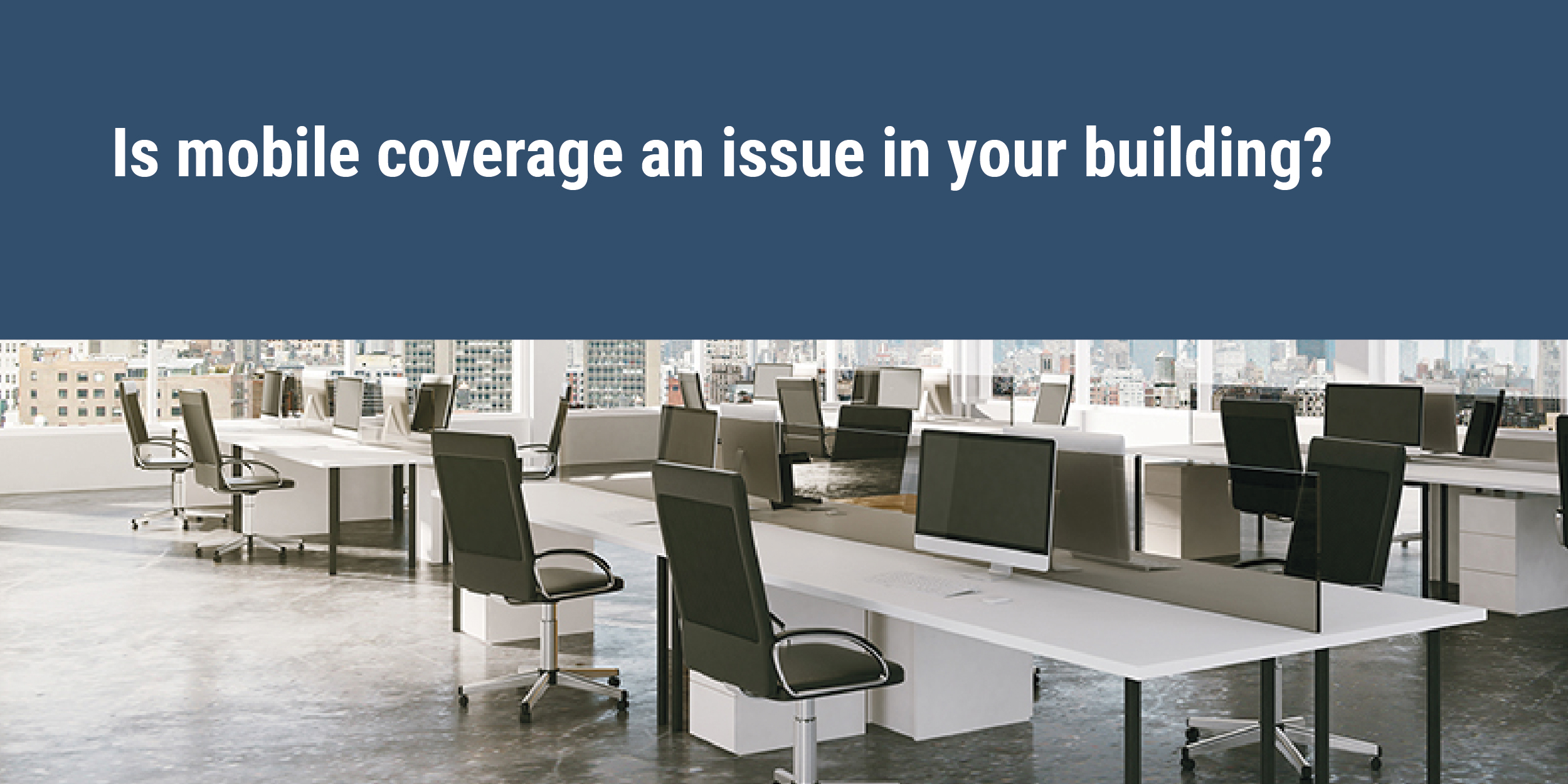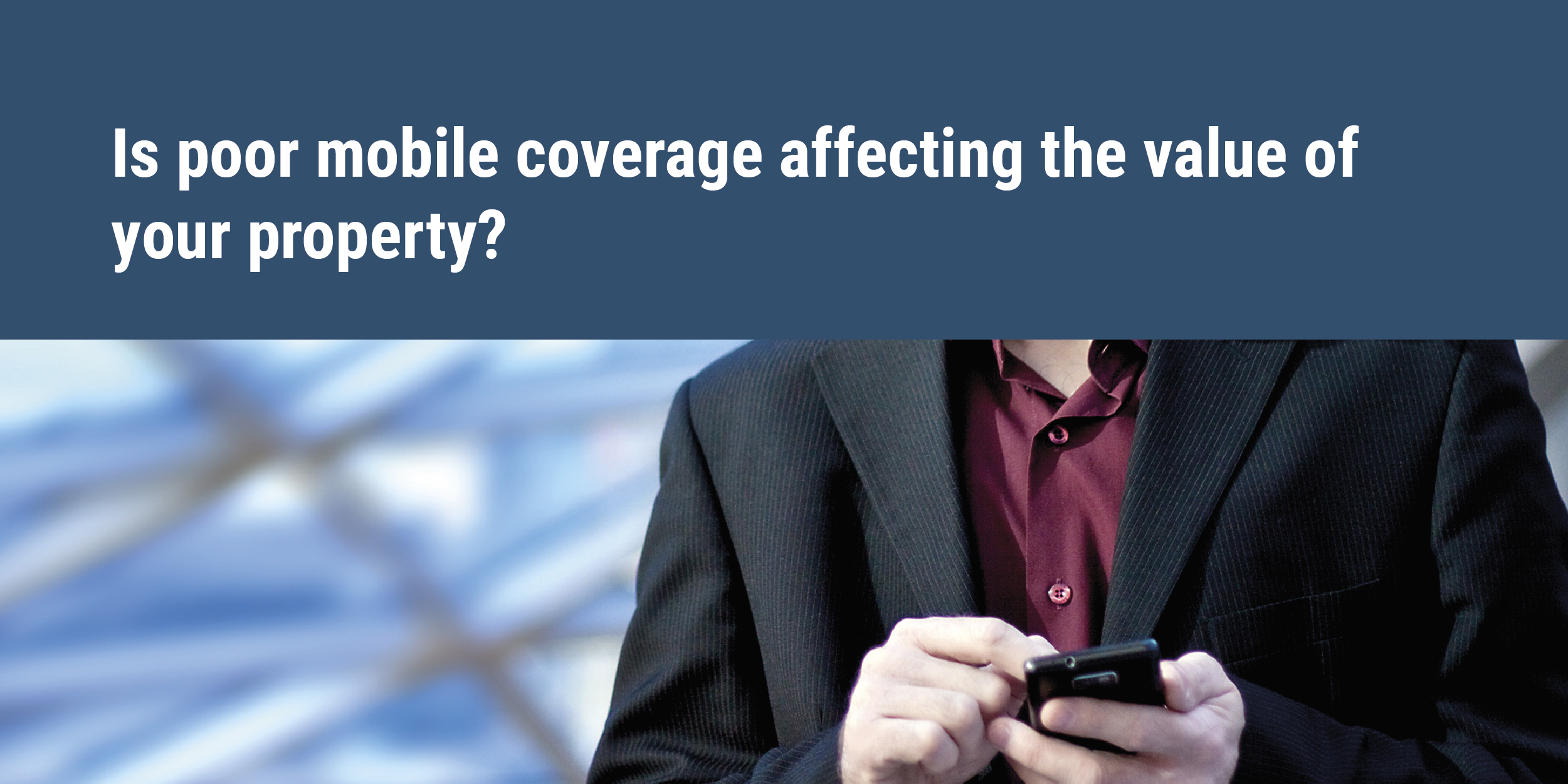INSIGHT
In-building Mobile Coverage inside Airports
Hundreds of thousands of people in the UK use airports daily, and each one expects to have reliable coverage. You need a strong cellular signal to contact loved ones and let them know that you have arrived at your destination safely, send messages and work emails, contact clients, and book an uber to take you to your destination.
Airports are some of the most important transportation hubs in the world. They handle millions of passengers and deliveries daily, making them prime targets for in-building distributed antenna systems (DAS)
Installing these systems can see significant improvements to infrastructure, such as better signal reception inside the airport, faster download speeds to passengers’ mobile devices and better cellular coverage for passengers using wireless-enabled devices, like mobile check-in and boarding passes.
Airport staff will also benefit from improved cellular signals. Since airports are enormous facilities, having a solid cell phone signal ensures that communication between employees is smooth and instantaneous to maximise efficiency. Dropped calls and unsent text messages affect employee and passenger safety, workflow productivity, and customer satisfaction; thus, great cellular coverage is necessary.
However, installing DAS presents several challenges in an airport environment, including that airports tend to have limited physical space, a high amount of radio frequency (RF) interference and limited physical access to the terminals. As a result, designing and installing DAS at airports can be complicated and expensive. But by tackling these challenges with careful planning and coordination, these systems can benefit passengers and staff alike.
Here are a few things you should know
- Unlike cell towers that are usually located far away from buildings, in-building DAS are placed inside the structure of the building.
- They also tend to operate at lower power levels than traditional cell towers, reducing RF interference for the surrounding users and not interfering with existing radio systems such as radar.
- The systems are discreet and can be installed to blend in.
- The DAS can be an active digital DAS that takes advantage of existing fibre networks and structured cabling.
We can help
To book a Pan RF engineer to visit your site and carry out a no-obligation site survey, please fill out the form below.
Related Posts

Is mobile coverage an issue in your building?
If unreliable network coverage is a problem in a building that you’re responsible for and…

Is poor mobile coverage affecting the value of your property?
If unreliable mobile coverage is inconveniencing your building's users it will affect its attractiveness and…

Good Mobile Signal Means Happy Bar and Restaurant Customers
If unreliable mobile coverage is inconveniencing your customers at your bar or restaurant, we can…





